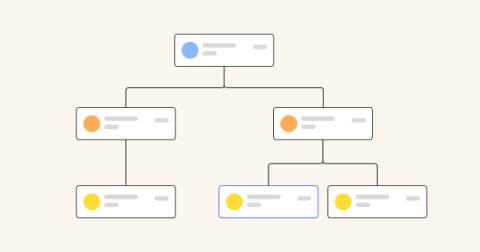Introducing the Intelligent Canvas
Way back in 2011, Miro changed the way people work together to build the next big thing by building our own big thing: The canvas. The canvas is an infinitely scrolling surface — a place as big as your imagination — that gives people the freedom to play, brainstorm, and create. The building blocks may have been simple, just a few sticky notes, shapes, and colors, but they inspired teams to dream and experiment together.











